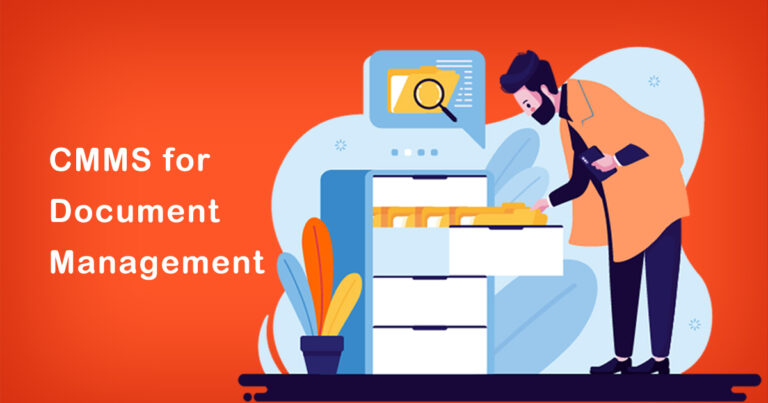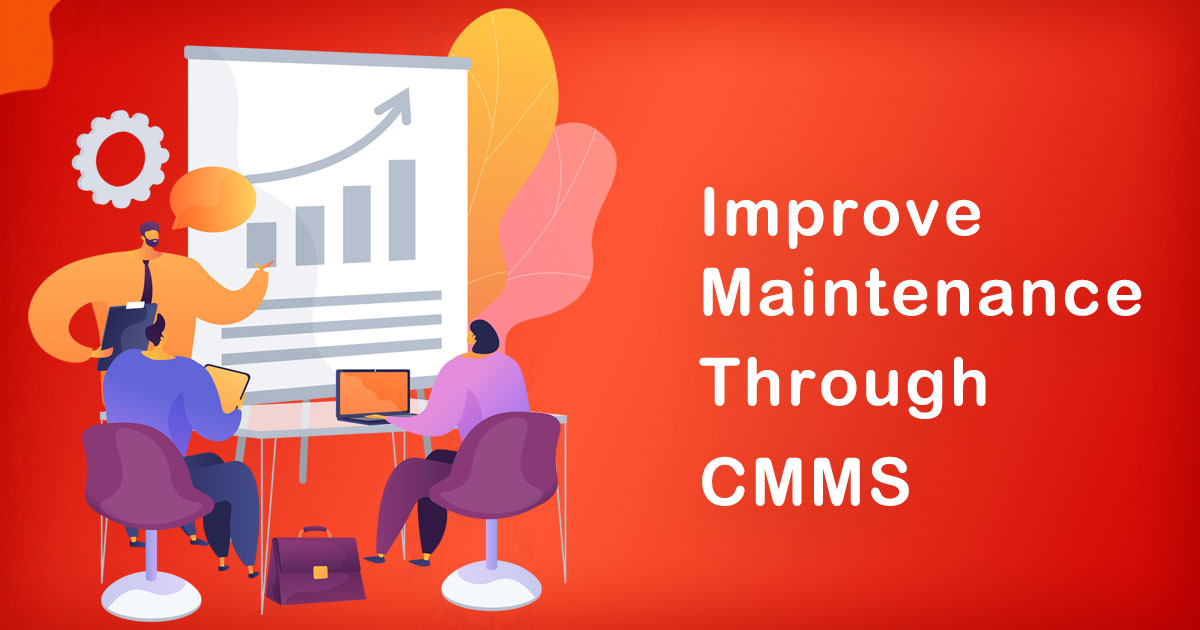In today’s fast-paced industrial environment, it’s imperative to maintain machines and equipment in good working order to ensure optimal productivity and safety. Maintenance management is a critical component of any business, and it requires careful planning, execution, and monitoring. One effective tool for maintenance management is the Computerized Maintenance Management System (CMMS), which allows businesses to track their maintenance history and streamline maintenance tasks. In this article, we will discuss the benefits of using a CMMS for maintenance history tracking in an Indian context.
A CMMS is a software application designed to help businesses manage their maintenance operations. The software allows businesses to track maintenance tasks, generate work orders, and schedule preventative maintenance. One of the key features of a CMMS is its ability to track maintenance history, which helps businesses identify trends, track costs, and make informed decisions about maintenance activities. By analyzing maintenance history data, businesses can optimize their maintenance strategies, reduce downtime, and extend the life of their equipment.
In India, where many industries operate with aging equipment, maintenance history tracking is especially important. According to a report by the Confederation of Indian Industry, the average age of equipment in Indian industries is around 15 years, which is significantly higher than the global average. This makes maintenance management a challenging task, and businesses need to adopt advanced tools to manage their maintenance operations effectively. A CMMS can help Indian businesses track their maintenance history, identify potential issues, and take corrective actions before they turn into major problems.
There are several benefits of using a CMMS for maintenance history tracking, including:
- Improved equipment reliability: By tracking maintenance history, businesses can identify recurring issues and take corrective actions to improve equipment reliability. This can help reduce downtime, increase productivity, and extend the life of equipment.
- Better decision-making: CMMS software provides real-time data on maintenance activities, which helps businesses make informed decisions about maintenance strategies. By analyzing maintenance history data, businesses can identify trends, track costs, and make data-driven decisions about maintenance activities.
- Increased efficiency: CMMS software automates maintenance management tasks, such as work order generation and scheduling, which can help businesses streamline their maintenance operations and increase efficiency. This can help reduce labor costs and improve overall productivity.
- Compliance with regulations: Many industries in India are subject to strict regulations related to maintenance and safety. A CMMS can help businesses track their maintenance activities and ensure compliance with regulations, which can help avoid costly penalties and legal issues.
- Better inventory management: CMMS software allows businesses to track spare parts inventory and order new parts when needed. By maintaining an accurate inventory, businesses can reduce inventory costs and ensure they have the necessary parts on hand when maintenance is required.
In conclusion, maintenance history tracking is a critical component of effective maintenance management. In an Indian context, where many industries operate with aging equipment, businesses need to adopt advanced tools such as a CMMS to manage their maintenance operations effectively. By tracking maintenance history, businesses can improve equipment reliability, make informed decisions, increase efficiency, ensure compliance with regulations, and manage inventory effectively. Therefore, it’s recommended that Indian businesses adopt a CMMS to streamline their maintenance operations and optimize their maintenance strategies.








